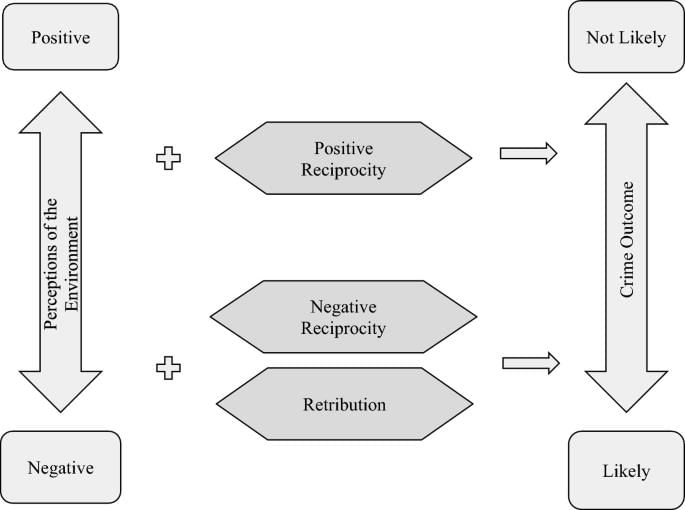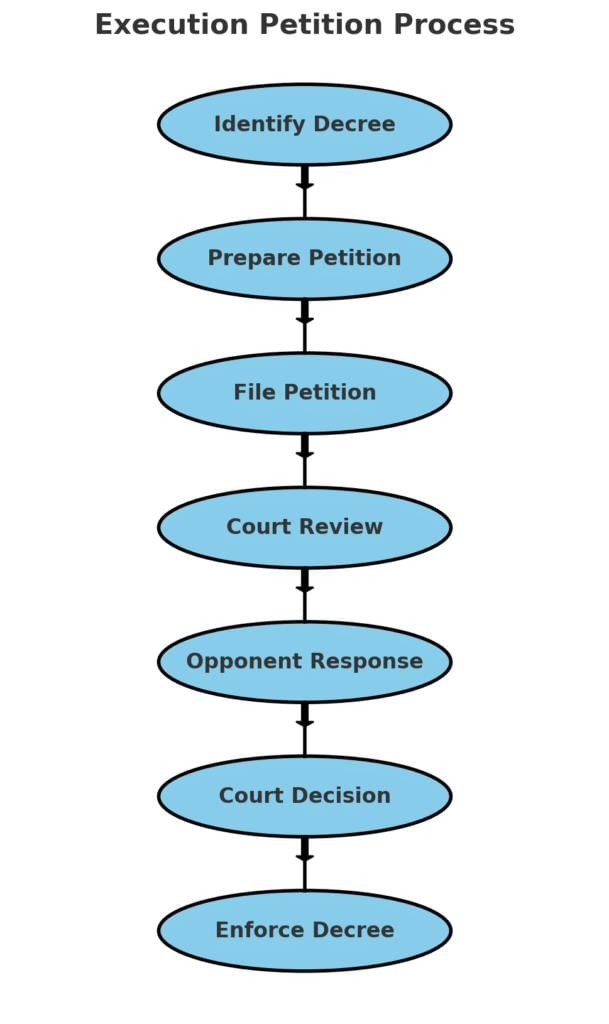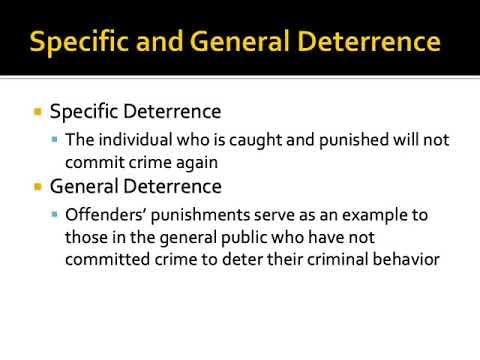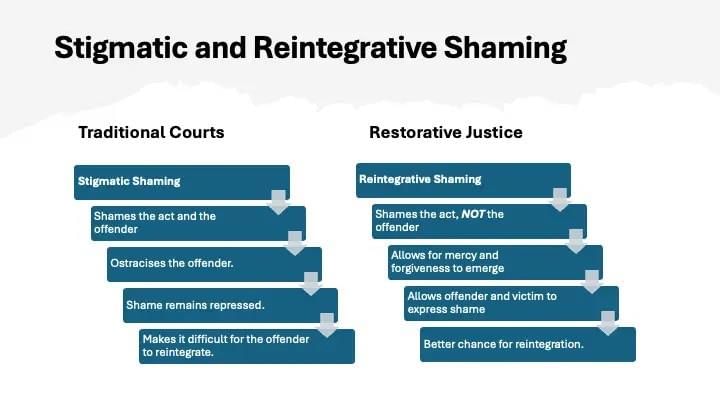|
Card: 1 / 50 |
The Deterrent Theory aims to ___ criminals from committing crimes or repeating them in the future. |
|
Card: 3 / 50 |
True or False: The Retributive Theory promotes societal welfare and transformation of the offender. |
|
Card: 4 / 50 |
False. The Retributive Theory is criticized for promoting revenge rather than welfare and transformation.  |
|
Card: 6 / 50 |
To prevent future crimes by incapacitating the offender through methods such as imprisonment or the death penalty. |
|
Card: 7 / 50 |
Fill in the blank: According to the Expiatory Theory, punishment focuses on ___ rather than legal concepts. |
|
Card: 9 / 50 |
The Reformative Theory aims to ___ the offender to reintegrate them into society. |
|
Card: 11 / 50 |
True or False: The Expiatory Theory is still widely relevant in modern punishment systems. |
|
Card: 12 / 50 |
False. The Expiatory Theory has lost relevance in modern punishment systems due to its ethical basis. |
|
Card: 13 / 50 |
Fill in the blank: Salmond emphasizes that punishment is primarily ___, making the offender an example to others. |
|
Card: 15 / 50 |
What does the principle 'An eye for an eye' represent in the context of punishment? |
|
Card: 16 / 50 |
It represents the Retributive Theory, which aims to make the criminal suffer the same harm they inflicted on the victim. |
|
Card: 17 / 50 |
The principle of individualization in offender reform emphasizes that offenders are still human and can be ___ and ___ into law-abiding citizens. |
|
Card: 19 / 50 |
True or False: The Supreme Court's stance in T. K. Gopal v. State of Karnataka solely focuses on punishing criminals without considering their reform. |
|
Card: 20 / 50 |
False. The Supreme Court supports both the punishment of criminals and their reform. |
|
Card: 21 / 50 |
Proceedings before a court of law can be classified into which two categories? |
|
Card: 27 / 50 |
Fill in the blank: Civil proceedings can be either ___ or ___ depending on the context. |
|
Card: 36 / 50 |
It allows an individual to claim a debt or right against the State and seek a judgment.  |
|
Card: 37 / 50 |
The secondary functions of courts include the management and distribution of ___ and ___ rights. |
|
Card: 41 / 50 |
Fill in the blank: Declaration of Right allows a litigant to seek court assistance to declare the existence of a ___ even if it is not violated. |
|
Card: 43 / 50 |
What are the four groups identified under secondary functions of courts according to English Law? |
|
Card: 45 / 50 |
The court's role in the administration of trusts involves ___ and ___ of property. |
|
Card: 47 / 50 |
True or False: Courts have no role in the administration of an insolvent's estate. |
|
Card: 49 / 50 |
Fill in the blank: Judicial decrees may create, extinguish, or transfer ___ such as divorce decrees. |



























